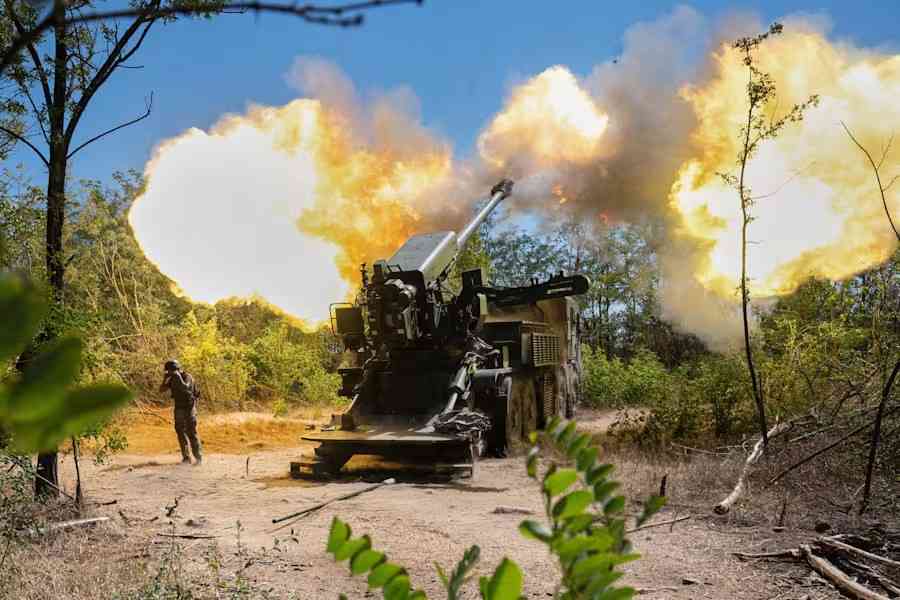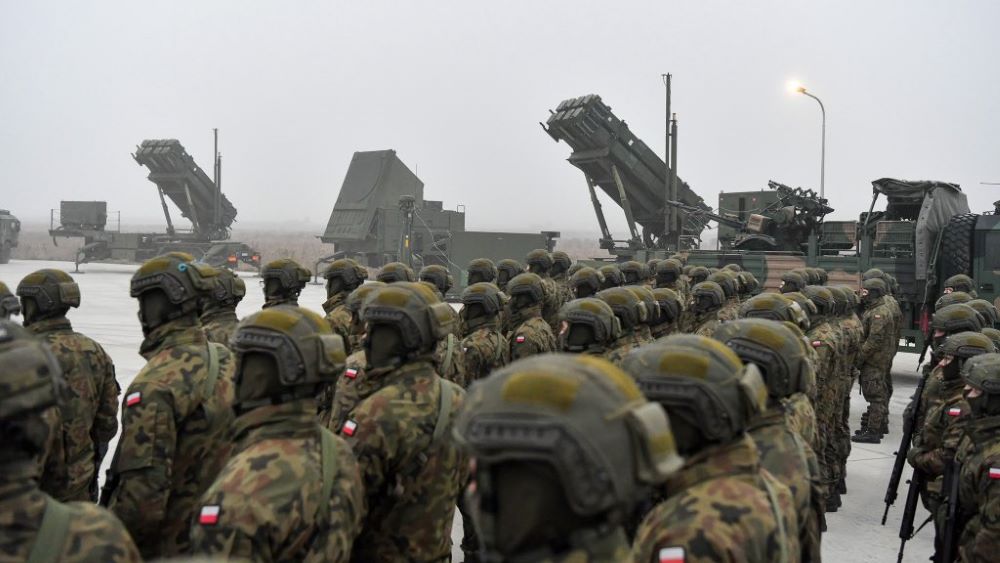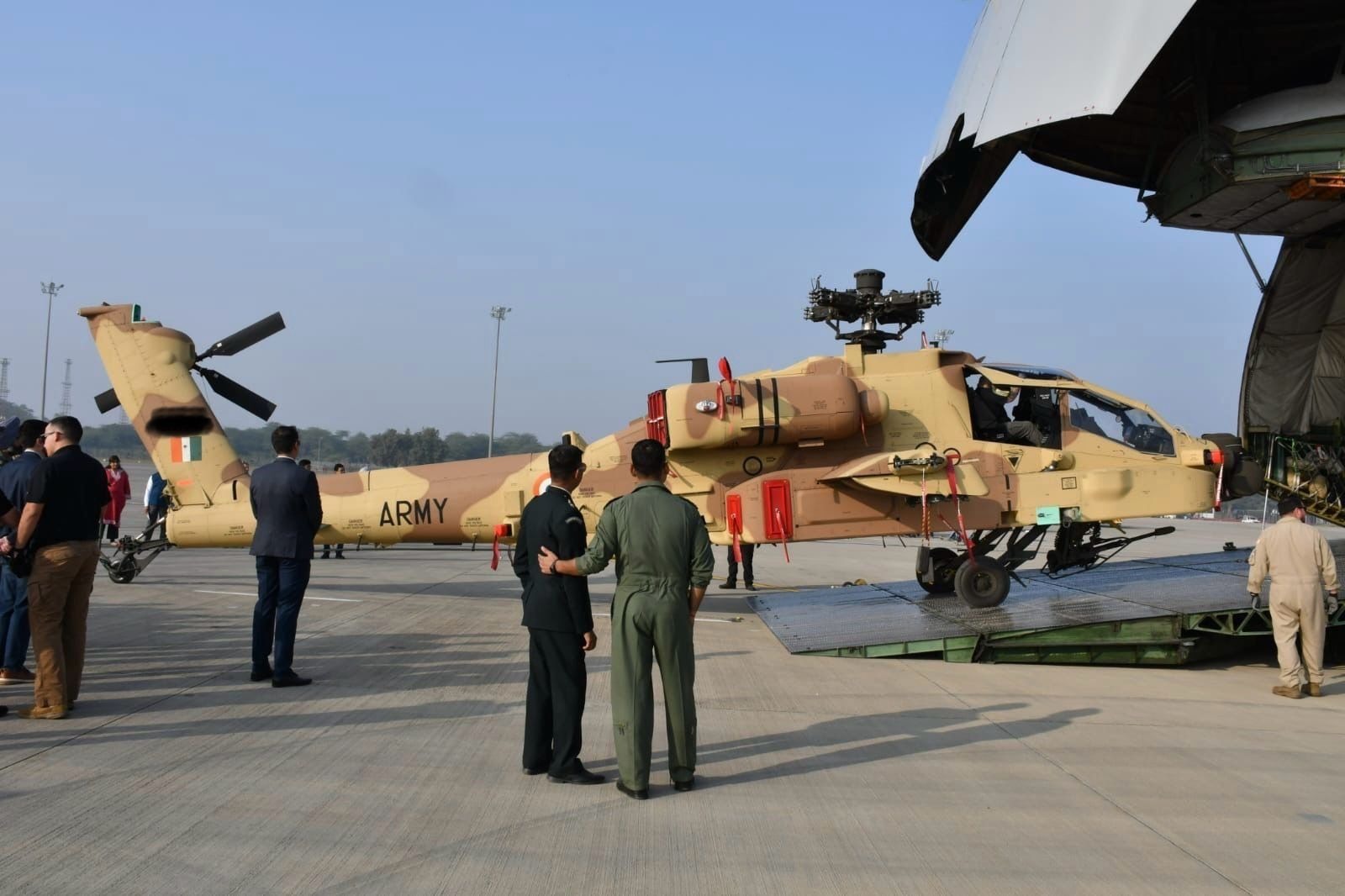On August 21, 2025, Russia launched one of the largest air attacks of the war. Its forces fired 574 drones and 40 missiles in recent Russian strike on Ukraine. The strikes hit the cities of Lviv, Mukachevo, and Zaporizhzhia. Military experts said the aim was to overwhelm Ukraine’s defenses by sending drones and missiles in large numbers at the same time. This saturation method puts heavy pressure on defenders by forcing them to use up missiles and air defense ammunition at a fast rate.
Table of Contents
ToggleUkraine’s Defense
Ukraine used its air and missile defense systems to destroy many of the incoming weapons. Radar-guided systems and mobile launchers were employed to stop the assault. Still, some drones and missiles broke through.
In Lviv, one civilian died and several homes were damaged. In Mukachevo, an American-owned electronics factory was hit. Kyiv said Moscow was striking civilian and foreign-linked sites on purpose, calling it an attempt to weaken Western economic confidence in Ukraine.
Political Message
Foreign Minister Andrii Sybiha said the attack was part of a Russian plan to pressure Ukraine and its allies. He noted earlier Russian strikes against U.S.-related businesses inside the country and described the current barrage as a continuation of that strategy.
Read more: Airbus and Shield AI Complete First Autonomous Helicopter Flight for USMC Program
President Volodymyr Zelenskyy called the assault proof of Russia’s aggressive stance. He argued that Moscow continues escalation even while claiming to remain open to talks. According to him, the strikes showed that Russia seeks military advantage while using diplomacy only as a delay tactic.
Diplomatic Context
The strikes came as Ukraine, the United States, and European partners discussed possible security guarantees. Zelenskyy stressed that the attack highlighted why Ukraine needs a collective defense system similar to NATO. He pledged to keep pushing for stronger security commitments and military support in the coming weeks.
Strategic Impact
Analysts said the barrage was a clear display of force projection. Russia wanted to test Ukraine’s defenses, drain interceptor missiles, and find weak points in its command and control network. Launching hundreds of drones together with missiles shows Russia’s ability to coordinate large-scale operations.
Although casualties were limited, the psychological effect was strong. The attack showed again that in this modern conflict, military and civilian targets are closely linked. It also reinforced the reality that Ukraine cannot sustain such pressure without steady foreign military aid.
What Lies Ahead
Ukraine’s leaders repeated their call for more Western support. They asked for additional advanced air defense systems to protect cities and critical infrastructure. For Kyiv and its allies, the strikes were another warning that Russia’s air campaign will continue. Stronger security commitments and greater supplies of defensive weapons will be needed to prevent further escalation and ensure long-term resilience.
Javeria Sajid is an Aerospace Engineering student from NUST with a background in technology and a sharp focus on the global political landscape and defence innovation. She writes to make complex defence technologies understandable, and aspires to bridge journalism, policy, and engineering in her work.
-
Javeria Sajid

Muhammad Mudassir
Muhammad Mudassir is a student of Defence and Strategic Studies at Quaid-i-Azam University, Islamabad. His areas of interest include defence analysis, strategic research, and geopolitical studies.
-
Muhammad Mudassir
-
Muhammad Mudassir
-
Muhammad Mudassir












